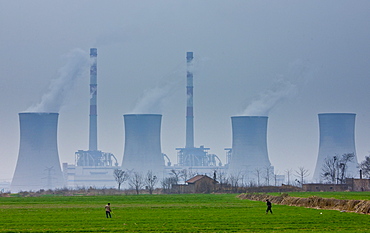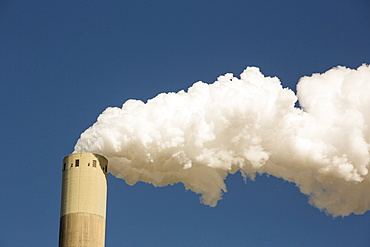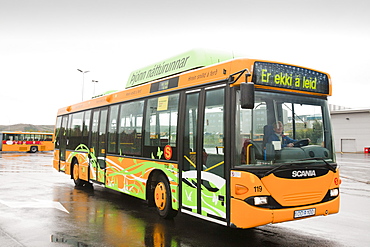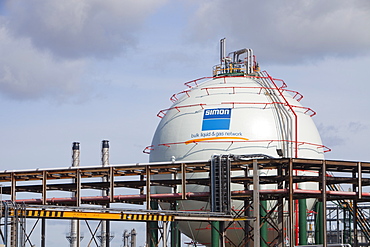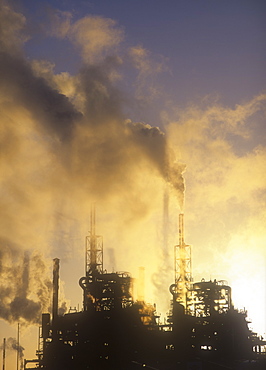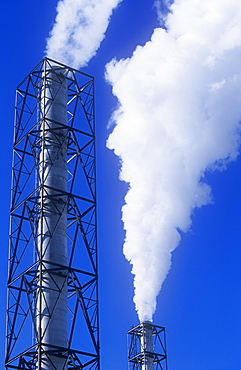Results
4 results found
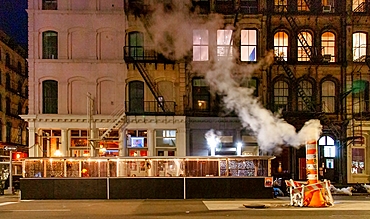
Steam emitted from the New York Steam System, dating back to 1882 providing steam to heat, cool or disinfect around 1,700 buildings, New York, United States of America, North America
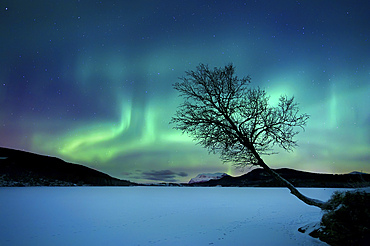
Aurora Borealis over Sandvannet Lake in Troms County, Norway. Auroras are the result of the emissions of photons in the Earth's upper atmosphere.
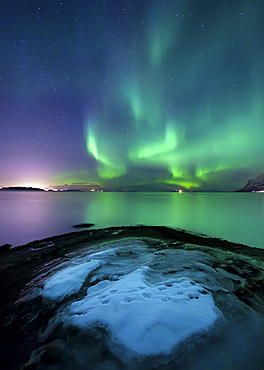
Aurora Borealis over Vagsfjorden outside of Harstad in Northern Norway. Auroras are the result of the emissions of photons in the Earth's upper atmosphere.
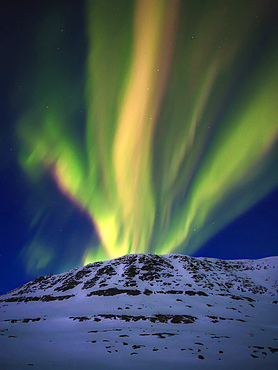
A fantastic eruption of Aurora Borealis over Toviktinden Mountain in Troms County, Norway. Auroras are the result of the emissions of photons in the Earth's upper atmosphere.
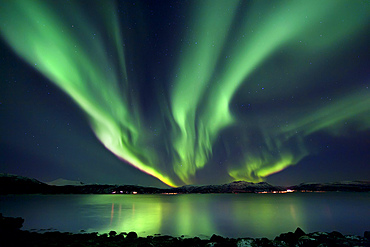
Aurora Borealis over Tjeldsundet in Troms County, Norway. Auroras are the result of the emissions of photons in the Earth's upper atmosphere.
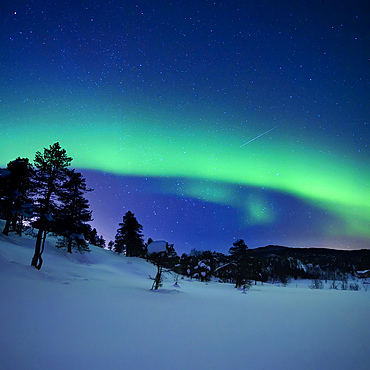
Aurora Borealis and a shooting star in the woods of Troms County, Norway. Auroras are the result of the emissions of photons in the Earth's upper atmosphere.
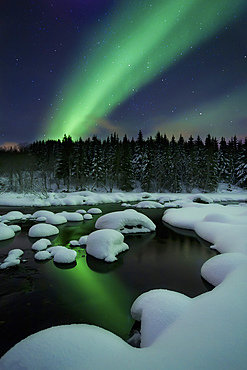
Aurora Borealis over Tennevik River in Troms County, Norway. Auroras are the result of the emissions of photons in the Earth's upper atmosphere.
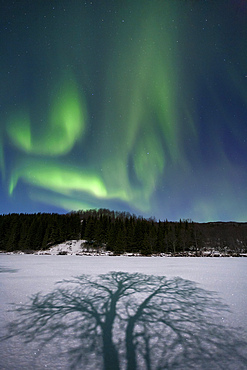
Aurora Borealis over Sandvannet Lake in Troms County, Norway. Auroras are the result of the emissions of photons in the Earth's upper atmosphere.
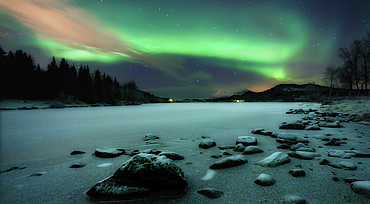
Aurora Borealis over Sandvannet Lake in Troms County, Norway. Auroras are the result of the emissions of photons in the Earth's upper atmosphere.
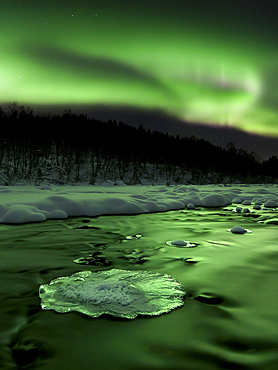
Aurora Borealis reflects off the Tennevik River, Troms County, Norway. Auroras are the result of the emissions of photons in the Earth's upper atmosphere.
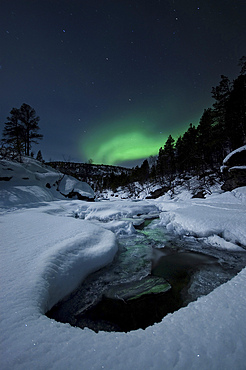
Aurora Borealis over Tennevik River in Norway. Auroras are the result of the emissions of photons in the Earth's upper atmosphere.
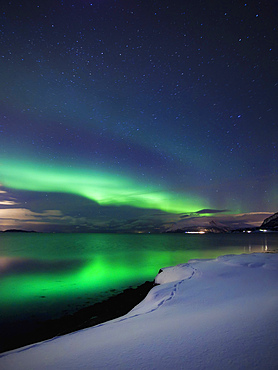
Aurora Borealis over Vagsfjorden in Troms County, Norway. Auroras are the result of the emissions of photons in the Earth's upper atmosphere.
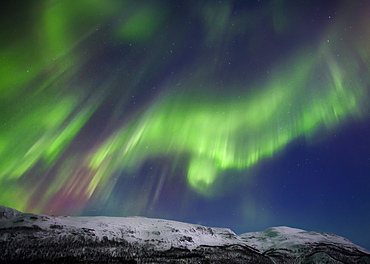
Aurora borealis over Blafjellet Mountain in Troms County, Norway. Auroras are the result of the emissions of photons in the Earth's upper atmosphere.

Aurora Borealis and a full moon over the Blafjellelva River in Troms County, Norway. Auroras are the result of the emissions of photons in the Earth's upper atmosphere.
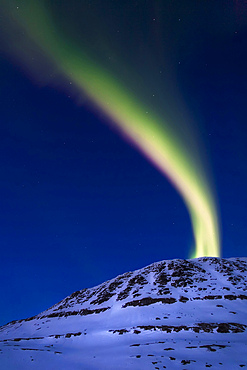
A magnificent display of aurora borealis shooting up from Toviktinden Mountain in Troms County, Norway. Auroras are the result of the emissions of photons in the Earth's upper atmosphere.

Aurora Borealis over Skittendalen Valley and the Skittendalen River in Troms County, Norway. Auroras are the result of the emissions of photons in the Earth's upper atmosphere.
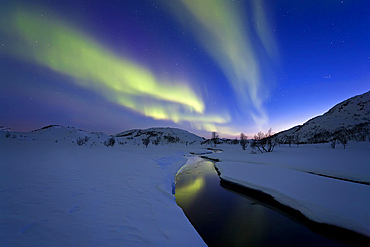
Aurora Borealis over Skittendalen Valley and the Skittendalen River in Troms County, Norway. Auroras are the result of the emissions of photons in the Earth's upper atmosphere.
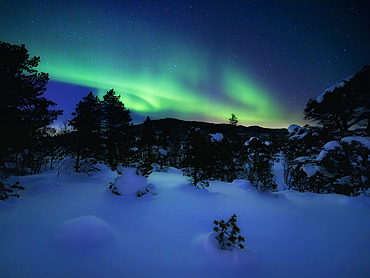
Aurora Borealis over Forramarka Woods in Tennevik, Troms County, Norway. Auroras are the result of the emissions of photons in the Earth's upper atmosphere.

Aurora and a Full Moon over Tennevik River, Troms County, Norway. Auroras are the result of the emissions of photons in the Earth's upper atmosphere.
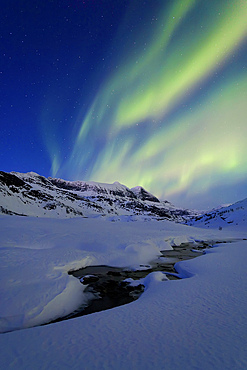
Aurora Borealis over Skittendalstinden in Troms County, Norway. Auroras are the result of the emissions of photons in the Earth's upper atmosphere.
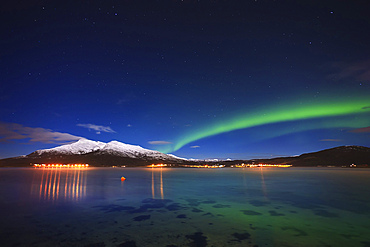
Aurora over Tjeldsundet and Saetertinden Mountain in Troms County, Norway. Auroras are the result of the emissions of photons in the Earth's upper atmosphere.
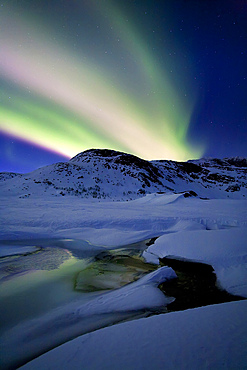
Aurora Borealis over Mikkelfjellet Mountain in Troms County, Norway. Auroras are the result of the emissions of photons in the Earth's upper atmosphere.
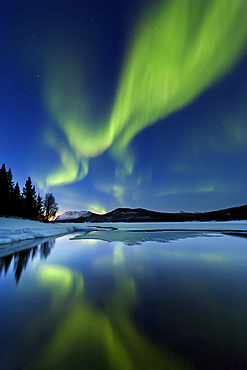
Aurora borealis over Sandvannet Lake in Troms County, Norway. Auroras are the result of the emissions of photons in the Earth's upper atmosphere.
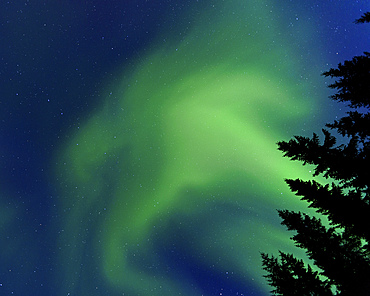
Aurora Borealis in Troms County, Norway. Auroras are the result of the emissions of photons in the Earth's upper atmosphere.

The Utah Smelter (1995) that services the nearby massive Bingham Canyon Copper Mine, The plant refines 99.9% pure copper & claims 99.9% removal of sulphur dioxide emissions, Great Salt Lake, Utah, United States of America (USA), North America
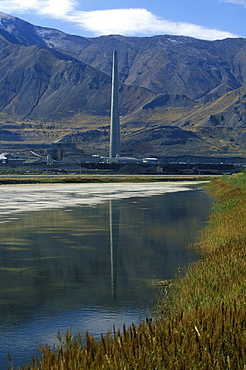
The Utah Smelter (1995) that services the nearby massive Bingham Canyon Copper Mine, The plant refines 99.9% pure copper & claims 99.9% removal of sulphur dioxide emissions, Great Salt Lake, Utah, United States of Americ (USA), North America
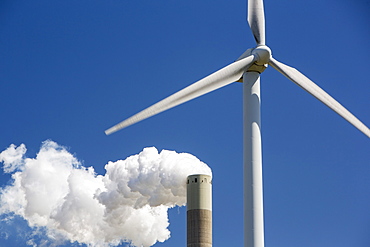
Climate change heaven and hell of a wind turbine with emissions from a coal fired power station in Amsterdam, Netherlands, Europe
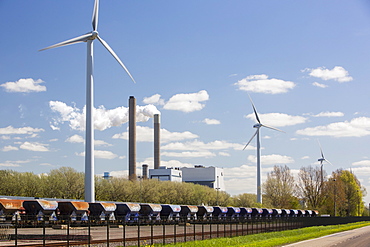
Climate change heaven and hell of a wind turbine with emissions from a coal fired power station in Amsterdam, Netherlands, Europe
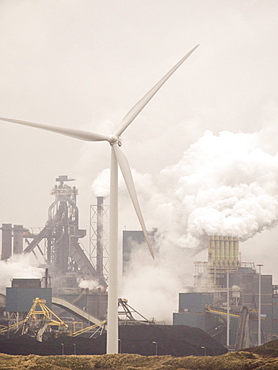
Climate change heaven and hell, emissions from a Tata steel works in Ijmuiden, with a wind turbine, Netherlands, Europe
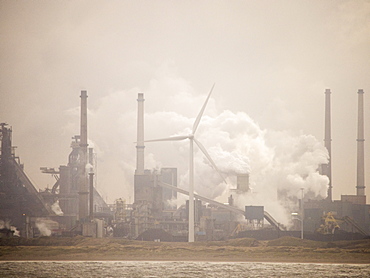
Climate change heaven and hell, emissions from a Tata steel works in Ijmuiden, with a wind turbine, Netherlands, Europe

Emissions from the Akademik Sergey Vavilov, an ice strengthened ship on an expedition cruise to Antarctica, in Paradise Bay in the Antarctic Peninsular, which is one of the fastest warming places on the planet.

Approaching Philadelphia, over the Benjamic Franklin Bridge on the Delaware River, with harbour front warehouses covered in solar panels. USA.

Highly built up beach front areas, just north of Atlantic City that are very vulnerable to sea level rise, USA.

Emissions from Waternet, a water business that takes sewage from Amsterdam and converts it back into drinking water, Amsterdam, Netherlands, Europe

A Carbon Trust standard display at Manchester airport, outlining how they are reducing their carbon footprint, England, United Kingdom, Europe

Emissions from Huntsman Tioxide works at Seal Sands on Teeside, North East, England, United Kingdom, Europe

Tourists riding through a stinking fog of exhaust fumes from skidoos on the Langjokull ice sheet in Iceland, Polar Regions

Emissions from the steel plant at Redcar, formerly owned by Corus, now by SSI, Teesside, England, United Kingdom, Europe

A Carbon Trust standard display at Manchester airport, outlining how they are reducing their carbon footprint, England, United Kingdom, Europe

Emissions from the steel plant at Redcar, formerly owned by Corus, now by SSI, Teesside, England, United Kingdom, Europe

Emissions from the Bluescope steel works at Port Kembla, Wollongong, New South Wales, Australia, Pacific

Emissions from the Bluescope steel works at Port Kembla, Wollongong, New South Wales, Australia, Pacific

Emissions from the Bluescope steel works at Port Kembla, Wollongong, New South Wales, Australia, Pacific

Polluted effluent being pumped into the Irish Sea from the Marchon chemical plant in Whitehaven, Cumbria, England, United Kingdom, Europe
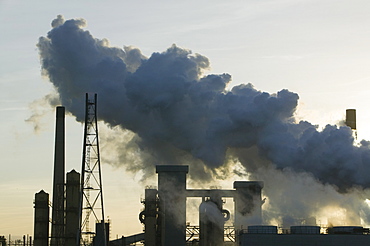
Emissions from the steel plant at Redcar, formerly owned by Corus, now by SSI, Teesside, England, United Kingdom, Europe
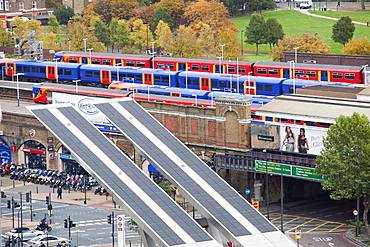
Vauxhall bus station owned by Transport for London, seen from the top of St. George's Wharf, London, England, United Kingdom

Emissions from the steel plant at Redcar, formerly owned by Corus, now by SSI, Teesside, England, United Kingdom, Europe
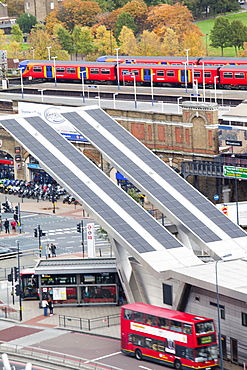
Vauxhall bus station owned by Transport for London, seen from the top of St. George's Wharf, London, England, United Kingdom

Emissions from the steel plant at Redcar, formerly owned by Corus, now by SSI, Teesside, England, United Kingdom, Europe

The Belt of Orion with the Horsehead Nebula at botton, the dark nebula set in the bright emission nebula IC 434. The nebula at left of the Zeta Orionis (aka Alnitak) is the Flame Nebula, NGC 2024. The reflection nebula at upper left is the M78 complex with NGC 2071. The other Belt stars are Alnilan (centre) and Mintaka (upper right). The field contains a wealth of other blue reflection and red emission nebulas.


